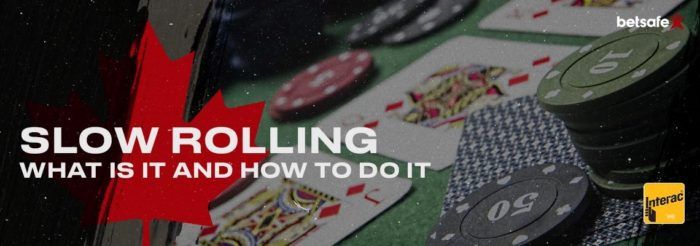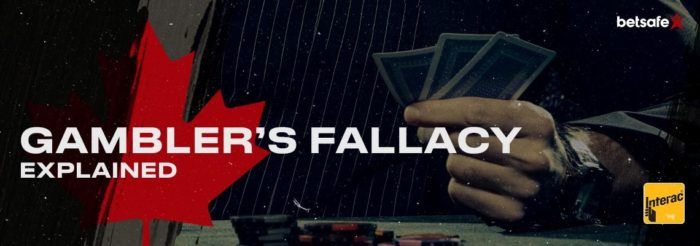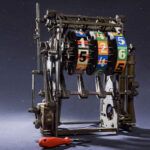What Are the 4 Types of Playing Cards?
Playing cards are used all over the world, with many countries having claimed responsibility for their origin. The Chinese used them as far back as the ninth century. The French standardized the game, and the British can claim the earliest mention of any card game in a verified register.
Cards have provided countless hours of amusing pastimes, magic tricks, and high-stakes gambling for generations. And sure, we’ve all played the odd game of bridge or blackjack. But bow many of us have really thought about their design and history?
Card games, designs, emblems, and colours have changed over the years, as a result of their province and the whims of players. So, playing cards aren’t merely toys, but a representation of customs and cultures over time.
Where cards were originated from is full of guesswork and uncertainty. While historians and scholars don’t seem to be able to agree on from where they exactly originated, they generally agree that they started in the east before ultimately travelling to the west.
People of all classes and walks of life have enjoyed card games: prisoners, sailors, prostitutes, friars and noblewomen, clerics, and kings and dukes. It was gamblers, however, who were responsible for the more commonly-known features of the decks we use today.
French Suits
Today’s typical deck of playing cards retains the four suits used by the French centuries earlier: spades, hearts, diamonds, and clubs. These symbols (or pips) don’t look very much like the items they’re supposed to represent, but they were easier to copy than more elaborate motifs.
The symbols have been historically highly variable, giving way to motifs rooted in culture and geography. Cards have been depicted as symbols such as sorcerers, goblets, birds, and stars. They’ve also preserved a large part of the iconography that has made 16th-century Europe so curious: history, mysticism, alchemy, and astronomy.
Politics Aside
Despite the political disagreements that existed between England and France, the French suits made their way all over Europe, as it made printing the cards a simple and straightforward process. More recently, East-Germany preferred traditional German suits. Not long after reunification, a compromise was made between French and German suits.
Some professional history buffs have suggested that the four suits were designed to represent Medieval classes. Hearts might have symbolized the clergy, spades the military or the nobility, diamond the merchants, and clubs the peasants. There’s an argument against that being the case, however. For example, bells were a symbol used in early German cards and would have been more apt for German nobility. And diamonds could have symbolized the upper class in French playing cards due to the diamond-shaped paving stones found in the chancels of churches.
Another Theory
But then that doesn’t really account for the use of roses, coins, shields, pikes, leaves, acorns, and clover, along with countless other imagery. Another idea proposed is that the suits weren’t formally planned at all. It could simply have been that wealthy families commissioned their designs. In that case, they may well reflect noblemen’s interests and tastes.
High taxes and hand craftsmanship meant that playing cards were something of an investment. For this reason, they offered visual appeal, and specialized decks gave artists the opportunity to design collectibles. Companies produced decks designed for uses other than card games, such as advertising, propaganda, and instruction. And cards were often reused: for invoices, music scores, wedding announcements, obituary notes, entrance tickets, invitations, and notes between lovers. This is why playing cards can also play the role of historical documents, i.e., evidence that offers both amateur collectors and scholars a glance into the past.
About Face
While pips have been highly variable, face cards have remained relatively unchanged. French and British decks always show the same four kings, for example. Although queens have changed frequently. The Spanish went as far as to use mounted knights instead of queens.
The Germans went even further, excluding queens from their decks entirely. They instead depicted a king, an upper man, and a lower man, the latter being what we now call the Jack. The French later reinstated the queen, and the British swapped the value of the king and queen, depending on the reigning monarch.
Patterned Backs
Collectors preferred lavish designs, whereas gamblers had a taste for standard cards because they didn’t want anything to distract them from the game at hand. For close to 500 yards, the backs of playing cards were plain. In the 19th century, however, a British printer and stationer called Thomas De la Rue & Company added such simple prints as stars and dots to the backs of cards. This offered certain benefits. Playing backs can be smudged easily, which make them useless to gamblers. Patterns, however, can tolerate wear and tear without giving anything away to other players.
Much later, card makers added numbers and letters on the corners of cards, which indicated the numerical value to the players. This changed the game, as it enabled players to hold their cards in a fan shape in one hand. An experienced player could tally the value of his cards in just a glance. And he could make his move in a game while maintaining his poker face the whole time.
Trumps and Jokers
Some cards found in modern playing decks don’t seem to fit into any category at all. There are trump cards, for example, that don’t belong to any of the four suits. Some of the most popular card games like bridge are based on the principle that one of the four suits could be used as trumps once the cards have been distributed to the players. The first game to introduce this concept was Ombre.
A standard playing deck typically contains two additional cards devoid of any suit or value. It instead depicts a court jester that can trump any natural card. The joker was introduced in decks in America in 1867. Card makers in Britain added the joker just 13 years later. Even today, however, they’re only used in a small number of games. This is perhaps why they haven’t been given an industry-standard design. But when the joker does appear, he certainly knows how to make the game more interesting.






